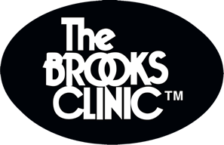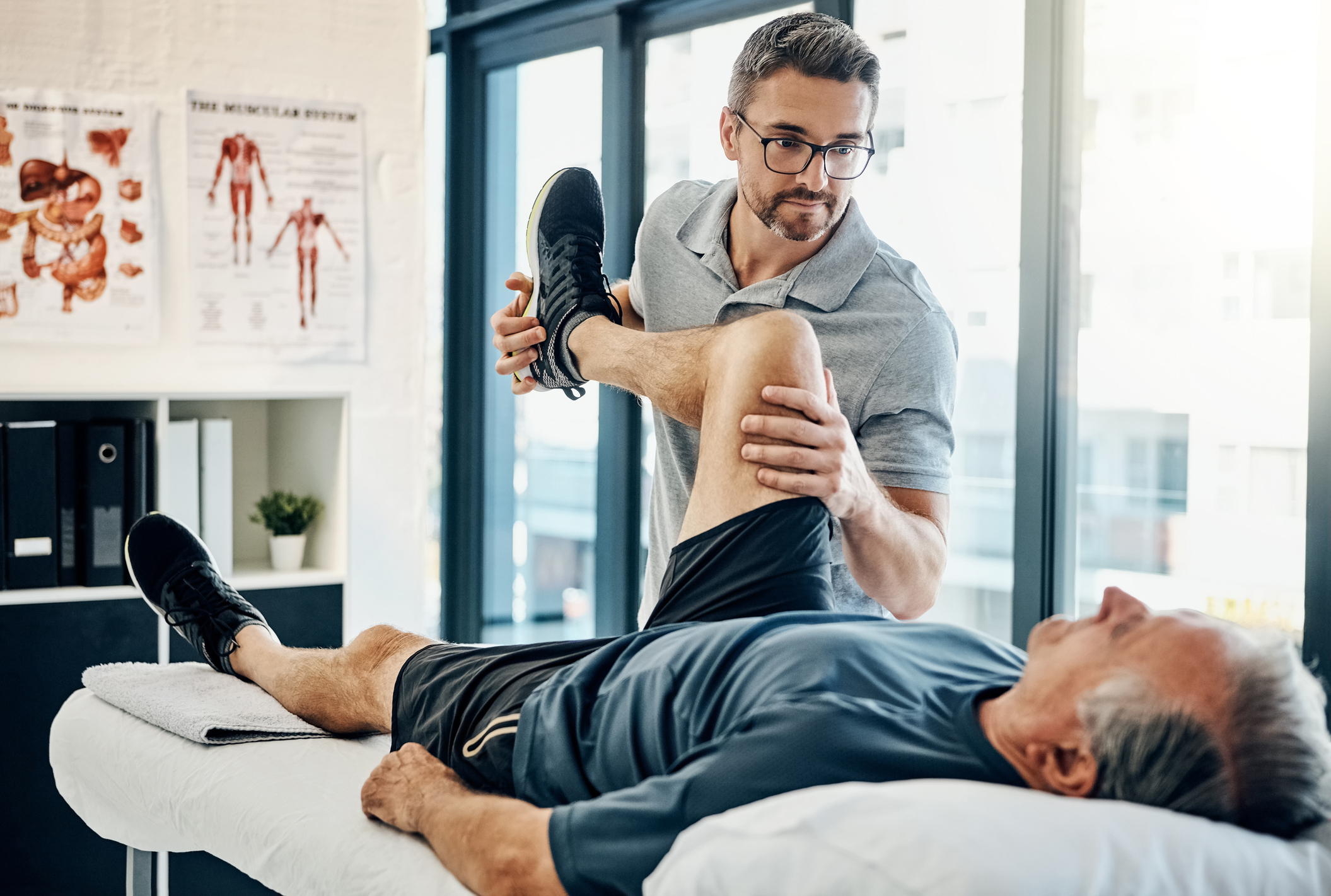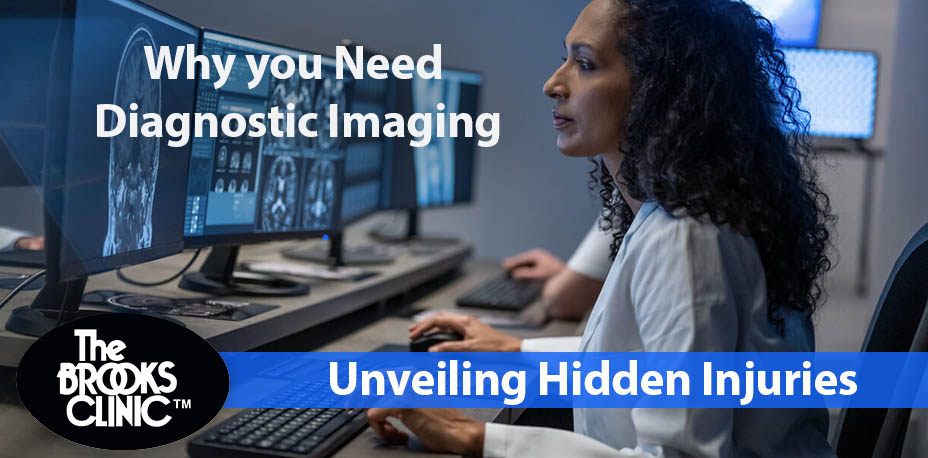Aging, certain diseases, and any number of injuries can reduce the musculoskeletal system’s ability to move and function properly. When these problems aren’t treated properly, they can also lead to chronic pain.
Physiotherapy, also known as physical therapy, helps to evaluate and assess the cause of the pain with the help of a physical examination. Once evaluated, rehabilitation along with a customized treatment plan is developed and tailored to treat a patient’s needs, with the ultimate goal of returning them back to living life to their optimal potential.
Physical therapists are skilled and trained professionals in the way that the body moves, a study called kinesiology. As the anatomy of the body is made up of complex parts, knowing how the body moves is important, as it helps PTs know how to help and deal with specific patients suffering from debilitating problems such as chronic back and neck pain, arthritis, fractures, and a host of other conditions and injuries due to sports, work, or general aging.
There are two possible approaches to injury care, known as active or passive treatment. While both can help get patients on the road toward recovery, these are two distinctive methods of treatment. So, the question is, what is the difference between active and passive methods of care?
While passive and active care and treatment are certainly different, they are nonetheless often used in tandem for patients who are recovering from an injury.
Active Injury Care
An active treatment plan involves any kind of care where the client is physically involved. Many health care providers believe in self-care. Self-care means teaching patients to be partners and advocates in their own care process, from beginning to recovery. This means that by being proactive in your own care, those who practice active injury care will achieve a healthier lifestyle, prolonging their overall quality of life. Therefore, if you are physically involved in the treatment in any way, the treatment is considered “active.”
Active injury care relies heavily on commitment from the injured patient in order to be successful. When a patient takes ownership in their health, the active injury care process becomes more meaningful and productive. A modified activity plan will not only help an injured worker transition to full function in their work and personal life, but will also improve their overall physical, and emotional well-being.
An active treatment plan educates the patient to understand how their injury happened, then create a recovery plan that keeps the person active and returns them to good health as quickly as possible. Active injury techniques include manual therapy, exercise programs, stretching muscles or moving joints, strengthening exercises, walking on the treadmill, cycling on a stationary bike, and light weight lifting or balance exercises.
Passive Injury Care
Passive injury care works from the assumption that it is the doctor, not the patient, who is responsible for the maintenance of health. In this ideology, the patient makes no effort to be an advocate to improve their health and longevity but relies on their health care provider for their continuum of care. Passive injury care isn’t the most effective method for treatment. While it helps injured people to feel better in the moment, the relief is temporary. Passive injury care often involves ultrasound, acupuncture, pain medication, and applying heat and ice to sore muscles. Passive treatments do not involve the movement of your muscles or joints.
If your injury or condition is creating a high amount of pain and discomfort, your first few physical therapy sessions may consist of more passive treatment. Once your pain level starts to decrease, active treatments will be introduced. It is not uncommon to be treated with both passive and active measures during the same treatment session. The key is to get the right mix of both, to best suit your needs.
At the Brooks Clinic, we believe in taking an active stance against joint immobility is very important. Our philosophy of care is being active and take charge of your health. We recognize that:
· The absence of pain does not mean there is no problem.
· Active care is not about treating symptoms but about emphasizing wellness.
· Staying healthy and preventing injury minimizes the need for frequent visits.
· Our goal is to minimize discomfort and maximize function!
As a leader in occupational health care, specifically auto accident and work injury care, The Brooks Clinic has treated and helped people in and around the Oklahoma City metro area recover from car accident injuries, work-related injuries, and many other injuries. Our expert health care providers have seen it all, so we’ve developed treatment plans that will get our patients back to work, optimal health, and most importantly living their lives as quickly as possible.
If you are experiencing pain, or just need to get your body up and moving again, give us a call at The Brooks Clinic. Our experienced healthcare providers will guide you through your passive and active recovery with your personalized goals in mind.
To learn more about active and passive injury care, and what treatment methods would be best for you, call The Brooks Clinic at (405) 400-0877or schedule an appointment online.




